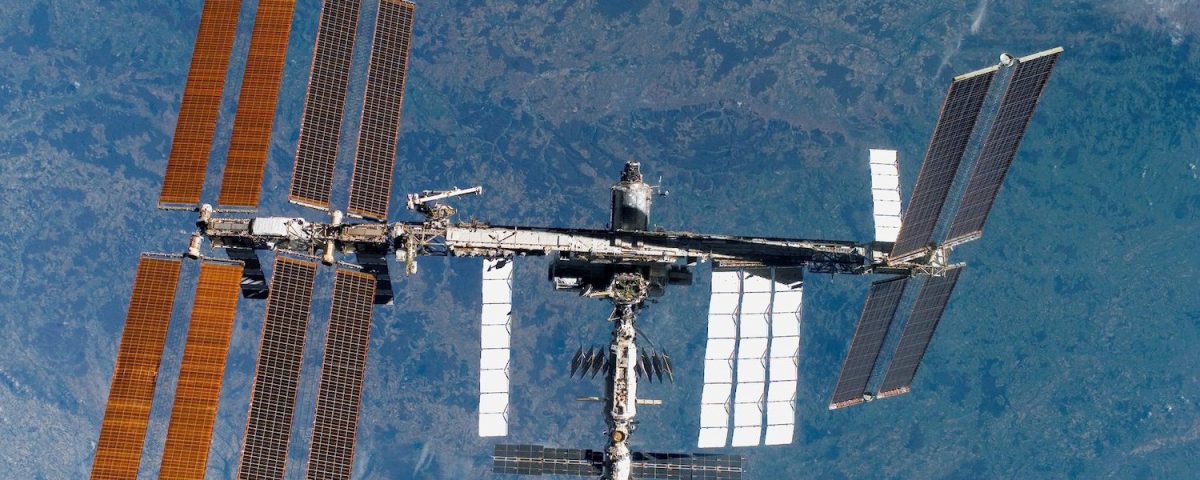NASA Plans for ‘Continuous Heartbeat’ in Space After ISS Retirement

Watch: ISS crew sends Christmas greetings from space
December 30, 2024
Enigmatic ‘Dark Comets’ Come in Two Distinct Types, Study Finds
December 30, 2024NASA Plans for ‘Continuous Heartbeat’ in Space After ISS Retirement
The space agency is looking to maintain human presence in the microgravity environment as it transitions to commercial stations.
Full Article
The International Space Station (ISS) has served as home to astronauts for nearly 30 years but the aging spacecraft is set to retire by the end of the decade, leaving behind a major gap in low Earth orbit. NASA is hoping to fill that gap with a commercial version of the ISS. Until that happens, however, the space agency is adamant on maintaining a human presence in the microgravity environment to stay on track for landing astronauts on Mars. NASA released the final version of its “Low Earth Orbit Microgravity Strategy,” which highlights the need to send long-term human missions to space following the retirement of the ISS. The space agency dubbed its strategy “continuous heartbeat,” a seemingly odd choice of words to convey the need for “long-duration flights of six months to a year to mitigate risks for future trips to Mars,” NASA wrote. “Flights of 30 days to six months will have limited value, as well,” the space agency added. Key to these missions is the humans part. “While transitioning from the [ISS] to future commercial space stations, NASA will maintain a consistent and continuous presence in low Earth orbit,” the report read. “This unbroken rhythm of human activity will allow NASA to reduce risk for sending humans to Mars, preserve critical operational skills, maintain a steady transportation cadence, continue advancing science, and sustain engagement with commercial and international partners.” NASA and its partners plan to retire the ISS by 2030;Â the space station is destined for a fiery reentry through Earthâs atmosphere where most of it will burn up. In 2021, the space agency created its Commercial Low Earth Orbit Destinations program to build a replacement in the coveted spot left behind by the ISS. NASA, however, is no longer in the business of building space stations. Instead, it simply wants to be a customer, helping its commercial partners build and operate a space station that its astronauts can use. An Excruciatingly Detailed Breakdown of How NASA Plans to Destroy the ISS Companies like Axiom Space, Blue Origin, and Northrop Grumman are hoping to replace the ISS with their own versions, but those likely will not be ready in five years’ time. Instead, NASA’s strategy for those gap years is to maintain a continuous human presence in space through long-duration missions to low Earth orbit destinations using commercially owned spacecraft. The main purpose of the missions will be to continue carrying out scientific research in the microgravity environment, as well as research that pertains to human health in space to prepare for future missions to the Moon and Mars. “Through the [ISS], NASA has demonstrated that microgravity research is critical to advancing both knowledge of ourselves and our planet,” the report read. “As we approach the transition from the space station to commercial platforms in low Earth orbit, NASA must enable the governmentâs use of these platforms for further research and development across a spectrum of national objectives that strengthens economies and enhances the quality of life here on Earth for all people.” The new strategy also highlights the need for a “diversity of providers,” suggesting that NASA wants to rely on more than just SpaceX to transport its crew and cargo to low Earth orbit. The space agency is still in the process of certifying Boeing’s Starliner program following its botched test flight this year. The retirement of the ISS, and the subsequent transitional phase, reflects NASA’s own transition to relying on its commercial partners to maintain its presence in space.
international space stationLow Earth orbitNASA
Get the best tech, science, and culture news in your inbox daily.
News from the future, delivered to your present.
Please select your desired newsletters and submit your email to upgrade your inbox.
The spacecraft survived scorching temperatures at a record proximity, and is expected to send details of its close call in the new year.
Parker Solar Probe will break its silence on Fridayâthat is, if it survived its closest approach to the Sun.
The imaging satellite was decommissioned two years ago and abandoned to burn up upon reentry through Earth’s atmosphere.
The Orion crew capsule is designed to jettison away from the SLS rocket in a launch abort scenario.
At 3.8 million miles from the Sun’s surface, Parker Solar Probe will be the closest a human-made object’s ever been to our host star.
The otherworldly helicopter, with its 36 blades, is the size of an SUVâa major upgrade from Ingenuity’s four blades.
The Best Tech Gifts of 2024 â We may earn a commission when you buy through links on our sites.
©2024 GIZMODO USA LLC. All rights reserved. Mode
Follow us
Mode
Follow us

